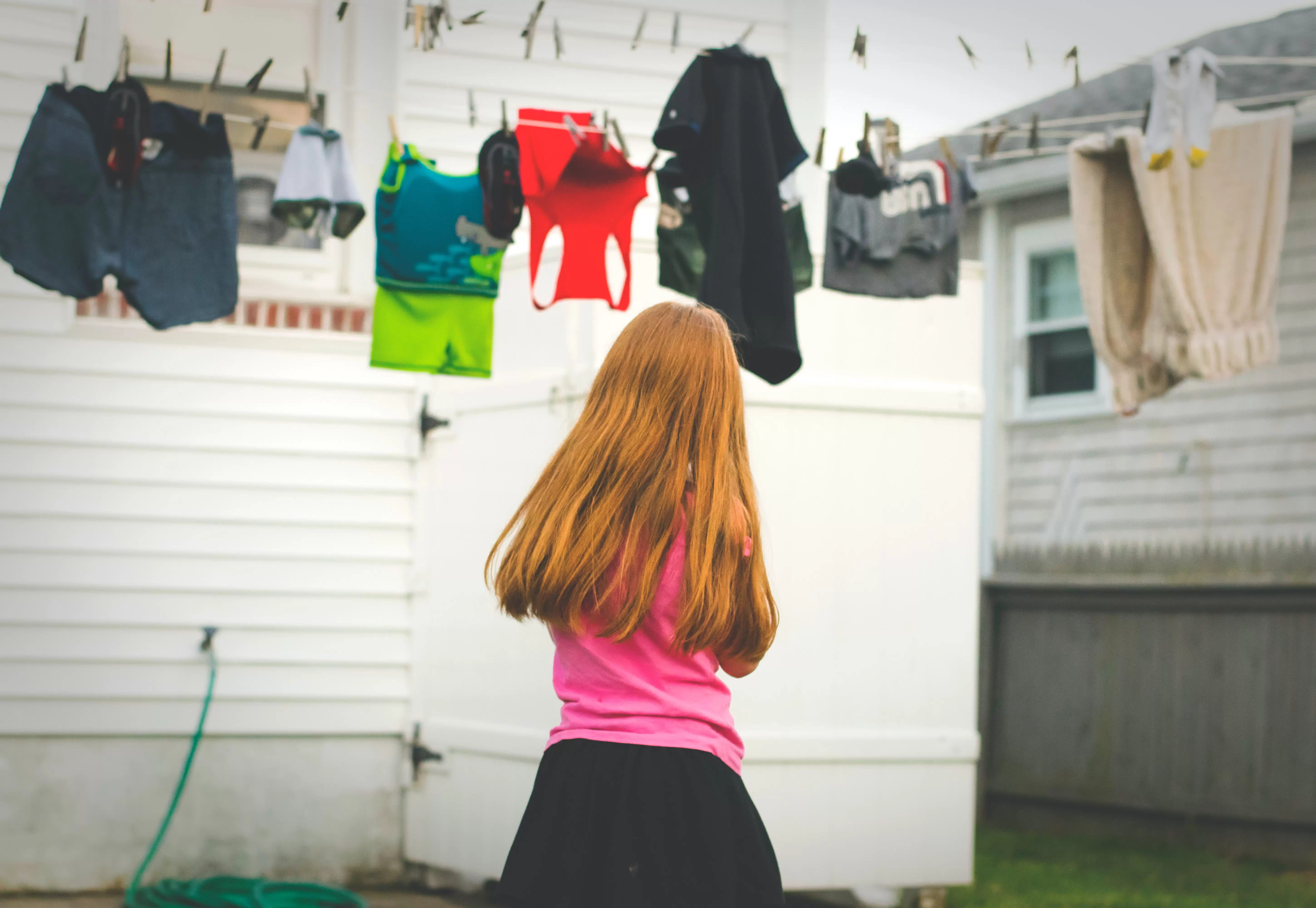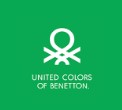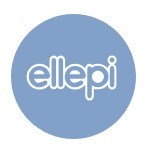Summary
Since 2020, the children's clothing market has exhibited varying trends with a significant impact from the COVID-19 pandemic. The global market value, estimated at $198.80 billion in 2023, is anticipated to climb to $318.34 billion by 2030, showcasing a robust CAGR of 6.96%. In particular, the luxury segment is on an upward trajectory, with a projected CAGR of 12.0% from 2022 to 2031, suggesting potential growth from $18.43 billion to $51.11 billion in value. Italy's market has reflected these global dynamics, witnessing an 11.2% increase in total turnover of the Junior fashion industry, recovering to €3.17 billion in 2023 from a significant dip in 2020. In the same vein, exports grew by 35.5% since 2017, reaching €1.49 billion in 2023, while imports saw an even larger jump of 46.4%, signifying a reliance on foreign goods. Despite growth in trade, the number of active businesses in both manufacturing and retail sectors showed a contraction, with employment following suit. The Russia-Ukraine conflict further complicated market conditions by inflating consumer and producer prices for children's clothing by 6.7% and 10.2% respectively between January 2022 and December 2023.
Trends and Dynamics in the Italian Children's Clothing Market
The Italian children's clothing market has shown varied dynamics over recent years, characterized by a series of growths and contractions reflective of broader economic and demographic trends. Despite a backdrop of fluctuating average monthly household expenditure on children's clothing, which saw a modest increase from around €14.25 to €14.22 per family between 2017 and 2021, the market is nonetheless under the influence of a declining number of children aged between 3 and 13 years. This demographic segment saw a decrease of approximately 6.4 percent, descending from around 5.94 million to 5.56 million within a four-year window. From a family structure perspective, the majority of Italian families tend to have one child, with about 35.9 percent in this category, while those with no children constitute approximately 31.4 percent, and those with two children make up around 26.2 percent. It is worth noting that families with four or more children are quite rare, representing merely about 1.1 percent. Furthermore, the fertility rate has declined by about 10.4 percent within ten years. These figures suggest Italian parents are increasingly opting for higher-quality children's garments, buoyed by typically being older and having more stable financial situations, allowing them to prioritize their children's comfort and well-being over cost considerations. The total turnover of the Italian Junior fashion sector experienced a notable upward trajectory, swelling by approximately 11.2 percent from 2.86 billion euros to 3.17 billion euros between 2017 and 2023. However, this growth must be contextualized with the contraction in production value in the same sector, which slightly fell by about 3.5 percent. It's highlighted that the decline of final consumption value stands at a decrease of about 8.5 percent.
Some of the key Contenders in Italy's Children's Clothing Sector
The Italian children's clothing market is adorned with several prominent brands that have carved their own niches through distinct styles, ethical practices, and affordability. These brands cater to various customer needs, from high fashion to everyday casual wear for children. Below is a closer look at the major players shaping the industry landscape in Italy:
Zara - Fast Fashion Meets Kids' Trends Zara, a household name originating from Spain in 1974, has made an indelible mark on fast fashion. In Italy, the brand boasts over 150 stores, ensuring a hefty reach across the nation. Zara is adept at translating the latest adult fashion trends into their kids' lines, creating contemporary and trendy styles for all age groups, from tiny tots to blossoming teens. With a strategy that involves frequent renewal of collections, Zara guarantees fresh styles that keep pace with changing fashions making the brand a go-to for trend-aware families.
OVS - Sustainable and Stylish Selections for Kids OVS, an Italian stalwart since 1972, operates an expansive network of over 900 stores throughout the country. The brand is acclaimed for its eclectic children's collections, highlighting both casual wear and formal attire that embody current trends. OVS distinguishes itself with a commitment to sustainability, priding itself on offering fashion-forward yet environmentally and ethically conscious choices, making them a prime choice for families who value affordability without compromising on quality or planetary well-being.
Benetton - A Kaleidoscope of Kids' Fashion Benetton Group, the vibrant color maestro, has been an emblem of Italian fashion since its inception in 1965. With roughly 400 stores in Italy, Benetton has a substantial presence in the children's clothing segment. Catering to infants to teens, their kids' clothing line is praised for its bright hues and whimsical designs. Besides aesthetic appeal, Benetton is also recognized for its focus on ethical production and reducing environmental footprints, winning the trust of families who prefer their children's fashion to be socially responsible.
H&M - Affordable and Eco-Conscious Apparel for Little Ones H&M, a global fashion force from Sweden, was founded in 1947 and today, flaunts more than 170 outlets across Italy. Their children's range encompasses everything from trendy to formal wear, accessories, and even playful toys.
to understand this market
Detailed content
 Inforamtion
Inforamtion
- Number of pages : 30 pages
- Format : Digital and PDF versions
- Last update : 07/02/2024
 Summary and extracts
Summary and extracts
1 Market Overview
1.1 definition and presentation
The children's clothing market refers to all fashion clothing and accessories for children aged 0 to 14 years. The children's clothing market is growing rapidly and is considered more dynamic than adult clothing.
The United States dominates the global market, accounting for 27 percent, while China is the fastest growing country. In Europe, Germany accounts for the largest share of the market. Several new trends are noted in the market, especially as a result of a new generation of millennial parents, who are now responsible for about 50 percent of children.
In Italy, The market is structured around large specialized brands, large generalist retailers and several independent specialized players. We also find many international brands in the market, but also large tricolor brands with commercial operations around the world, such as Benetton or Chicco.
There are several factors influencing the market. These include the declining birth rate, the high level of loyalty of new parents, and the growing demand for sustainable products. In addition, parents are paying more and more attention to the quality and design of their children's clothing, thus pushing market players to adapt to this type of demand. Another important criterion is the durability of garments.
The market is experiencing a period of digitization and growth in the sustainability of materials and production processes. In fact, market players are increasingly offering items made from recycled materials and doing so using digital channels, the use of which by consumers is growing rapidly, gaining several percentage points each year.
1.2 The global market
The global children's clothing market is showing dynamic and significant growth. In ****, the global children's clothing market is valued at $***.** billion and is expected to grow to $***.** billion by ****, with a compound annual growth rate (***) of *.** percent during the forecast period.
Children's Clothing Market World, ****-****, in billions of dollars ...
1.3 The Italian Market
Between **** and ****, the total turnover of the Italian Junior fashion industry (***), and in **** the value of turnover is higher than in ****.
Total fashion industry turnover Junionr (***) Italy, ****-****, in billion euros PittiImmagine
In contrast to total turnover, the value of production of the Junior fashion industry between **** and **** appears to be ...
1.4 Import - Export
Between **** and ****, the economic value of trade flows related to children's clothing items in Italy are growing. During the period analyzed, the total value of exports increased from *.** billion euros to *.** billion euros, marking a growth of **.* percent. The value of imports is also growing strongly: between **** and **** these grew by ...
1.5 The consequences of the Russian-Ukrainian conflict
the outbreak of the Russian-Ukrainian conflict in February **** resulted in, among other things, a general increase in consumer prices. The segment related to children's clothing is not exempt from this increase. Between January **** and January ****, the consumer price index for baby and children's clothing increased by *.* points, representing a *.* percent increase ...
2 Demand analysis
2.1 Demand characteristics
for the analysis of the demand for children's clothing in Italy, the trend of the average monthly expenditure for the purchase of these products, the evolution of the population *-** years old, and the number of children per couple are analyzed.
Regarding the average monthly household expenditure on the purchase of ...
2.2 Question Drivers
The clothing market, and therefore also the children's clothing market, are known to be historically influenced by demographic characteristics. It therefore becomes essential to analyze some characteristics of the Italian population to better understand the dynamics of demand in this market.
First among all the so-called "drivers" of demand for children's ...
2.3 Geographical distribution of demand
In order to visualize the geographic distribution of the demand for children's clothing in Italy, two maps were created: the first shows the geographic distribution of the population *-** years old while the second highlights the average monthly household spending on children's clothing in each Italian macro-region.
Regarding the geographic distribution ...
2.4 New demand trends: sustainability and recycling
The growing interest in sustainable children's clothing is a significant part of a broader movement toward sustainability in various sectors, including fashion. This shift reflects an increased awareness of and concern for the environmental and social impacts of our consumer choices. In the context of children's clothing, sustainability is not only ...
3 Market structure
3.1 Market structure and dynamics
For the analysis of the structure of the children's clothing market in Italy, enterprises under Ateco Codes ** "Manufacture of articles of clothing, manufacture of leather and fur articles" and **.** "Retail sale of articles of clothing in specialized establishments" are analyzed. In particular, the number of active enterprises in the two sectors ...
3.2 The value chain
3.3 The main actors
The following is a list of the major players, divided into chains and specialty stores, in the Italian children's clothing market:
Major Chains
Zara (***) : a world-renowned brand born in Spain in ****, is renowned for its ability to offer fast and trendy fashion. In Italy, as of ****, Zara operates more than *** stores, ...
3.4 The distribution
the distribution channels involved in the children's clothing market are multiple and mimic the market structure defined in the previous paragraph. As already anticipated, in Italy, chain stores such as Zara, H&M, OVS and others are extremely popular with parents because of the fairly good value for money they offer. ...
4 Supply analysis
4.1 Type of Offering
Clothing for children between the ages of * and ** varies widely in terms of styles, types, and materials used. The following is an overview of the different types of items and corresponding materials:
When it comes to materials, cotton is the most common and preferred for children's clothing. it is soft, breathable ...
4.2 The prices
Price ranges for some types of children's clothing items are proposed below. In particular, the prices of * major players in the Italian market are analyzed:
T-shirts
Sweatshirts
Pants
Jackets
4.3 New supply trends
Sustainable approaches in the children's clothing industry are becoming increasingly important, especially in the context of fabric dyeing and finishing techniques. Traditional dyeing and finishing practices in the textile industry have long been criticized for their negative impact on the environment, due to intensive use of chemicals, high water and energy ...
5 Regulations
5.1 Regulations on the safety of children's clothing
As with any product intended for children, more or less young, at both the national and European levels there are a number of regulations for the safety and certification of the latter in the production and trade of children's clothing. Some of the main laws and regulations are:
EU: Technical Report ...
6 Positioning of players
6.1 Segmentation
- Zara (Itx Italia s.r.l)
- OVS s.p.a
- Benetton Group s.r.l
- H&M (H&M Hennes & Mauritz s.r.l)
- Original Marines s.p.a
- Simonetta s.p.a
- Miniconf s.p.a
- Monnalisa s.p.a
- Ellepi s.p.a
All our studies are available online in PDF format
Take a look at an example of our research on another market!
Latest news
Companies quoted in this study
This study contains a complete overview of the companies in the market, with the latest figures and news for each company. :
 Choosing this study means :
Choosing this study means :
Access to more than 35 hours of work
Our studies are the result of over 35 hours of research and analysis. Using our studies allows you to devote more time and added value to your projects.
Benefit from 6 years' experience and over 1,500 industry reports already produced
Our expertise enables us to produce comprehensive studies in all sectors, including niche and emerging markets.
Our know-how and methodology enable us to produce reports that offer unique value for money.
Access to several thousand articles and paid-for data
Businesscoot has access to all the paid economic press as well as exclusive databases to carry out its market research (over 30,000 articles and private sources).
To enhance our research, our analysts also use web indicators (semrush, trends, etc.) to identify market trends and company strategies. (Consult our paying sources)
Guaranteed support after your purchase
A team dedicated to after-sales service, to guarantee you a high level of satisfaction. +44 238 097 0676
A digital format designed for our users
Not only do you have access to a PDF, but also to a digital version designed for our customers. This version gives you access to sources, data in Excel format and graphics. The content of the study can therefore be easily retrieved and adapted for your specific needs.
 Our offers :
Our offers :
the children's clothing market | Italy
- What are the figures on the size and growth of the market?
- What is driving the growth of the market and its evolution?
- What is the positioning of companies in the value chain?
- Data from several dozen databases
5 reports pack (-15%) IT Italy
- 5 reports at €75.6 excluding VAT per study to choose from our Italian catalogue for 12 months
- Save 15% on additional studies purchased
- Choose to be refunded any unused credit at the end of the 12-month period (duration of the pack)
See the terms and conditions of the pack and the refund of unused credit.






 Miniconf grows 23% and advances business transition - 03/04/2024
Miniconf grows 23% and advances business transition - 03/04/2024
 Ovs-Goldenpoint, binding agreement signed. Option to rise to 100 percent by 2029 - 02/04/2024
Ovs-Goldenpoint, binding agreement signed. Option to rise to 100 percent by 2029 - 02/04/2024
 Benetton, Revo holding company is born. - 02/04/2024
Benetton, Revo holding company is born. - 02/04/2024
 H&M soars on Stockholm Stock Exchange after better-than-expected quarterly report - 27/03/2024
H&M soars on Stockholm Stock Exchange after better-than-expected quarterly report - 27/03/2024
 Zara empire grinds out profits of more than €5 billion with Marta Ortega at the helm - 14/03/2024
Zara empire grinds out profits of more than €5 billion with Marta Ortega at the helm - 14/03/2024
















